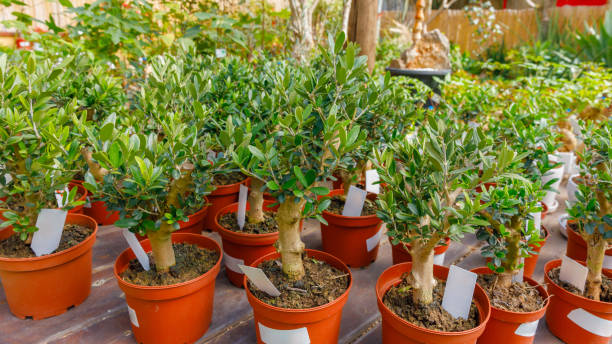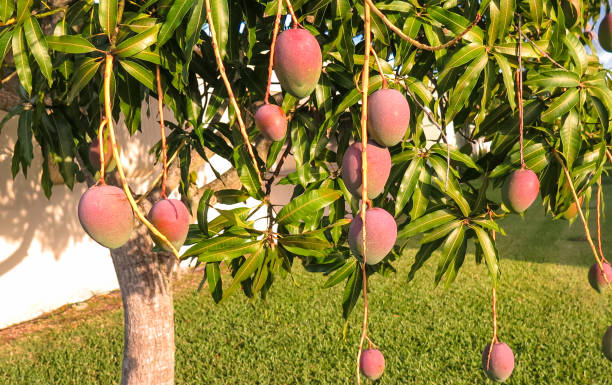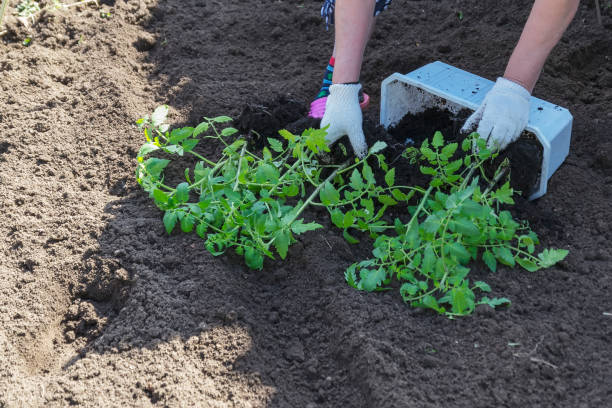Easy-to-Follow Tips for Growing Trees In Pots
The Japanese maple is the best choice for potted trees (or containers). The incredible variety of colors and forms makes it easy to select the right tree. Their slow growth and fibrous roots make them ideal for container culture. Patricia Smyth, an expert grower, shares some easy-to-follow advice.
The best choice for potted trees (or containers) is Japanese maples. They offer a wide range of colors and forms, and their fibrous, shallow roots and slow growth rate make them ideal for container culture. These tips are from expert grower Patricia Smyth.
The Right Tree for a Container
The tree size will determine which container is best for your garden. Double the soil volume in the pot to ensure a healthy tree and strong roots. If you purchase a tree in a 1-gallon container, choose a container with two or three gallons of dirt. You will double the size of the pot as the tree grows. Then, you can use root or reduction pruning to keep its size while keeping the tree in the same container.
The Right Choice to Grow Trees in Pots
Growing trees in containers or pots is a project that takes time. Maple trees can live for more than 100. Choose a container that is resistant to the elements and consider the possibility of having to move or lift it. I’ve been using polyethylene dishes for my trees for the last five years.
The boxes are redwood and can be used for over ten years. They do not suffer from extremes of heat or cold. I’ve kept trees in redwood boxes with well-built bottoms for over ten years. The roots were pruned several times, and the boxes were replaced only at the bottom. The wood changes character as it matures.
Maintenance: Repotting, Pruning
After you’ve selected and planted the tree, it will require minimal maintenance for several years. It may take two to five years to replenish the soil in the pot and rejuvenate the root system. When the tree produces little to no new growth, you’ll know that it’s time. You may notice that the tree is discolored or deformed. Check the soil using your fingertips to see if the roots have been compacted. Compacted seeds don’t provide the air and water necessary to maintain the tree.


